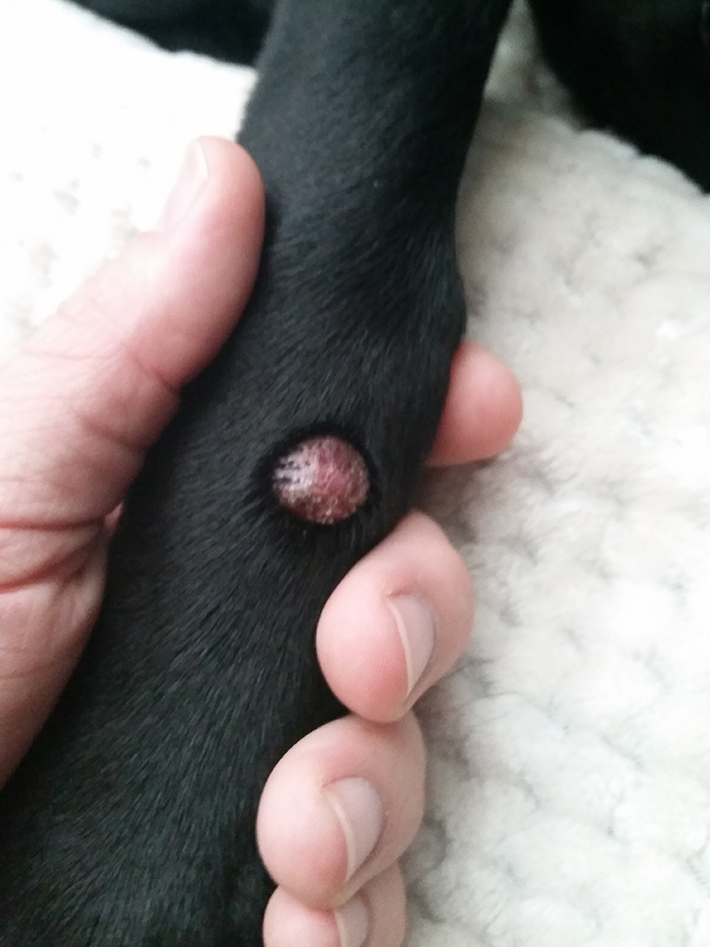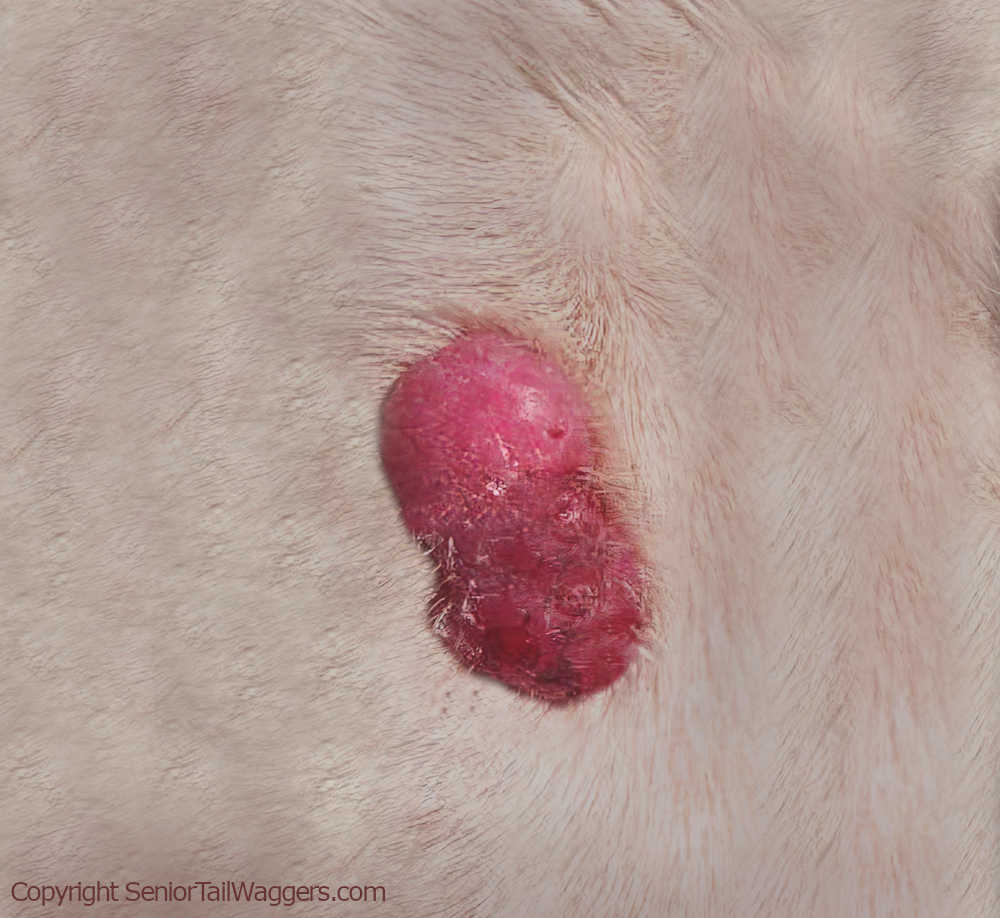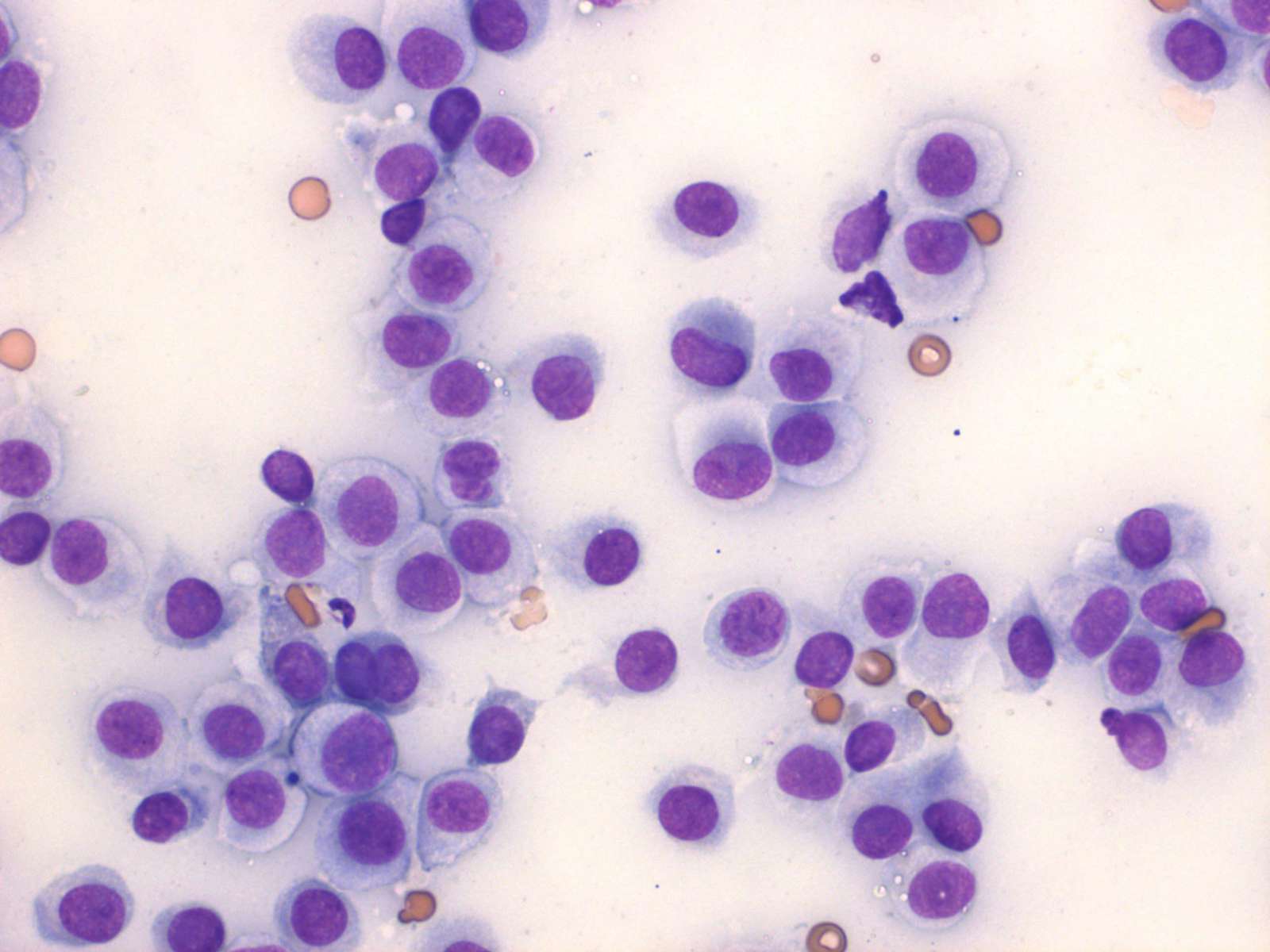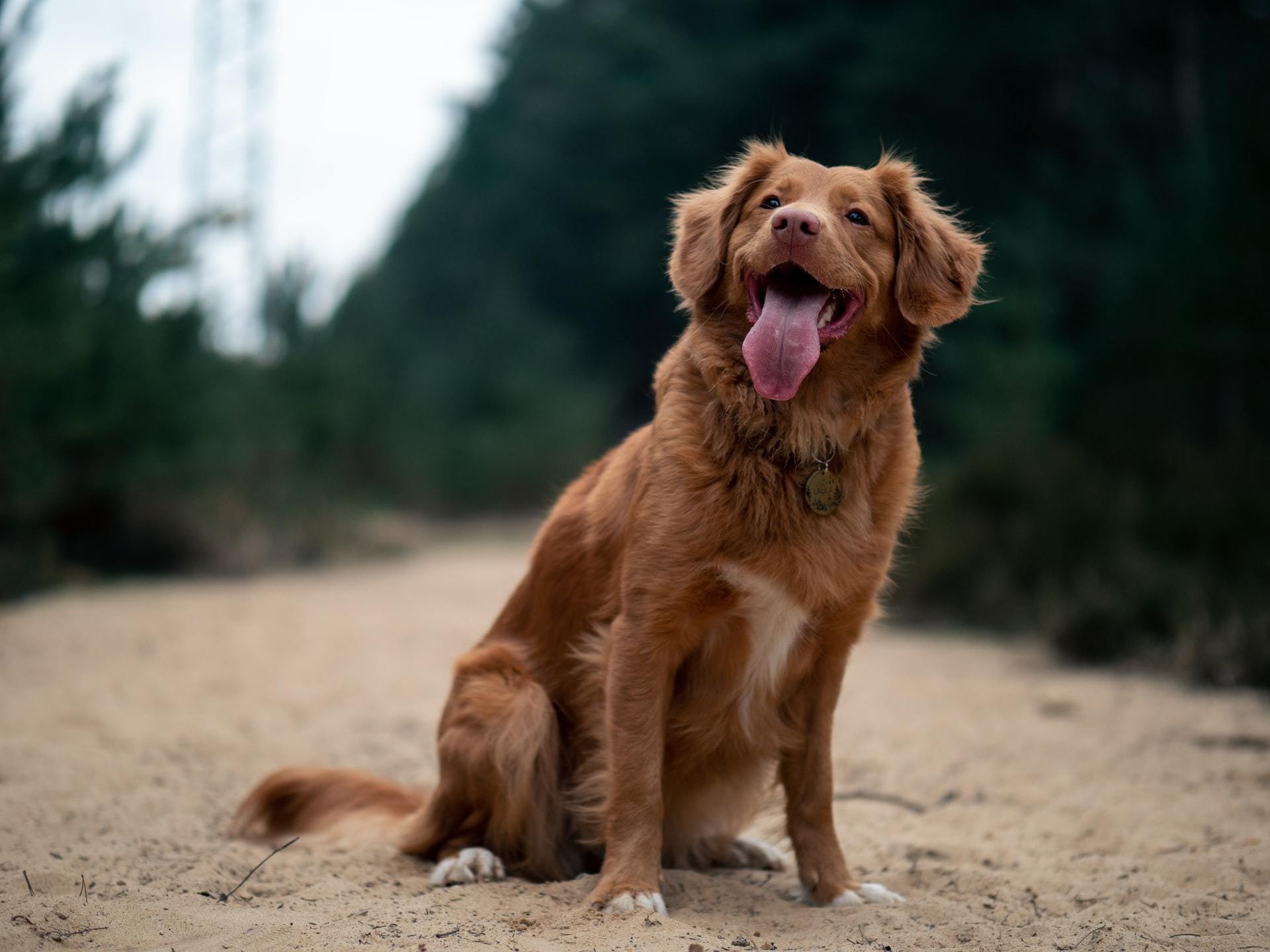
Button tumor (histiocytoma on labrador retriever Pets, People and, Life
Boston Terrier Dachshund Bulldog Doberman Pug Canine histiocytoma is a rapidly growing type of tumor which can become relatively large in only a few days. Fortunately, these types of tumors are benign neoplasms. They do not have aggressive behavior and resolve themselves spontaneously on their own.

7 Clinical Signs of Histiocytoma in Dogs
Photo courtesy of Dr. Carol Foil The histiocytoma is a benign skin growth that usually goes away by itself within a couple of months. The typical histiocytoma patient is a young adult dog, usually less than two years of age, with a round eroded growth somewhere on the front half of its body.

9040d1267310196 histiocytoma dsc05053 Dog skin problem, Dog skin, Dog leg
Canine cutaneous histiocytoma is a benign tumor that develops within the epidermis. Malignant fibrous histiocytomas tend to grow quickly but also spread to other parts of the body. Identifying Histiocytomas in Dogs Histiocytomas usually appear as small, hairless lumps. It's not common for dogs to have multiple masses on their skin.

Histiocytomas in House Pets Lazy Paw Vet Library
(Picture credit: lumenphoto / Getty Images) The cause of the condition is due to a dog's immune system. Specifically, the growths are caused by the Langerhans cell. Generally, younger dogs.
Histiocytoma Boxer Forum Boxer Breed Dog Forums
Canine cutaneous histiocytoma is a tumor that generally arises as a solitary lesion in young dogs (< 4 y old) . Brachycephalic breeds, such as boxers and bulldogs, are predisposed, although Scottish terriers, Doberman pinschers, and cocker spaniels also are reported to be overrepresented as well ( 12 ).
/Histiocytoma-449702537_5af7a51330_o-58b268753df78cdcd8e1cf49.jpg)
How to Identify a Histiocytoma on Your Pet's Skin
A cutaneous histiocytoma is a proliferation of cells involved with the immune system called Langerhans cells. Histiocytomas are skin tumors that are raised and hairless and may be flesh-colored, pink, or red. They often look like a small button on the skin. These benign tumors that are most commonly found in dogs less than 6 years old.

Histiocytomas in Dogs Pictures & Veterinarian Advice
How Vets Diagnose Histiocytomas in Dogs. Often, veterinarians make an initial diagnosis of histiocytoma in dogs based on: The appearance of the growth. The location of the growth. The dog's breed and age. A definitive diagnosis requires microscopic testing, typically through a needle biopsy of the growth. Treatment for Histiocytomas in Dogs

Histiocytoma in Dogs Great Pet Care
Signs of histiocytomas are much what you'd expect: a red, raised, rounded growth protruding from the skin. They tend to be hairless or sparsely haired. You may first notice them while petting your dog, when they may be smaller and still hidden in the haircoat. However, histiocytomas can grow to be multiple centimeters in size.

7 Clinical Signs of Histiocytoma in Dogs Dogs, Mast cell tumor dogs
Updated on 03/22/23 Reviewed by Lauren Smith The Spruce / Jiaqi Zhou In This Article What Is a Histiocytoma? Symptoms Causes Diagnosing Treatment Prognosis Prevention Histiocytomas look scary but they are not dangerous. Raised, red, and sometimes ulcerated, these benign growths are not usually painful or itchy for dogs.

Cytology Common Neoplastic Skin Lesions in Dogs & Cats
A histiocytoma is a type of skin tumor that affects young dogs and relatively benign. Any breed or crossbreed can get histiocytomas, but it appears that Boxers and Dachshunds are more prone to getting histiocytomas. The most common symptom is a small, round lump that's typically less than half an inch in diameter.

Repetir la citología dentro de los seis meses es equivalente a la
Treatment Costs of Histicytoma In Dogs. The cost of a Histiocytoma removal and biopsy can range from $300 - $1,200 depending on location and provider. This may or may not include the cost for your initial visit and may increase if your pet has other conditions or is geriatric.

5 Canine Histiocytoma Home Treatment
1. On a dog's ear flap Photo: Ian Brett Spiegel VMD, MHS, DACVD 2. Button-like histiocytoma Enlarge 3. Ulcerated histiocytoma on a dog The picture below shows a red, ulcerated histiocytoma. This can happen due to a variety of reasons, including the dog scratching or licking the area excessively: Enlarge 4. On a dog's paw 5. On a dog's eyelid 6.

My dog has a histiocytoma. What does this mean? FirstVet
Dec 28, 2022 Histiocytoma in dogs is a benign skin growth that develops in young dogs, typically less than 2 years of age. These skin masses develop without warning, typically on the front half of the dog's body. Table of Contents What Causes Histiocytoma in Dogs? Symptoms of Histiocytoma in Dogs How is a Histiocytoma Tumor Diagnosed in Dogs?
:strip_icc()/what-is-a-histiocytoma-3384906-eed5eb5ed7b04238840fe59b5ccf39cf.jpg)
What Causes A Histiocytoma In Dogs
Images /. Histiocytoma, cytology. Histiocytoma, cytology. The cells are round with eccentric nuclei and indistinct nucleoli. Occasional cells have small vacuoles in the cytoplasm. As with other round cells, they do not adhere to each other. Note there is blood contamination, and the cells have concentrated at the edge of the smeared blood.

Pictures Of Benign Histiocytoma On Dogs YoutubeMoney.co
A histiocytoma is an external buttonlike growth on your dog that is hairless or with an ulcerated surface. These are usually benign and are not painful. Symptoms of Histiocytoma in Dogs Usually a small raised button like growth that appears on the head, ears or limbs Often it is a single lump but there can be more

Selfhealing of cutaneous histiocytoma in Nondescriptive dog
A cutaneous histiocytoma (not to be confused with histiocytosis) is a common, harmless (benign) tumor of Langerhans cells. In the tumor's early stages, over the first one to four weeks, the cells grow rapidly. During this rapid growth, they often ulcerate and may become infected. Later, they may regress spontaneously.